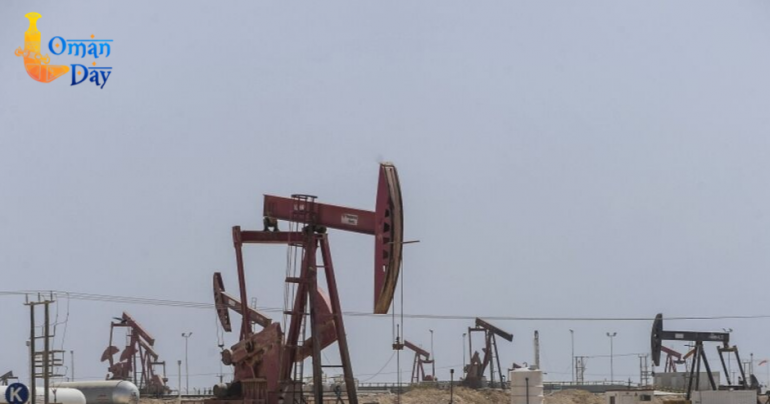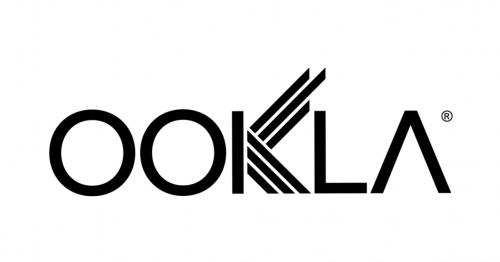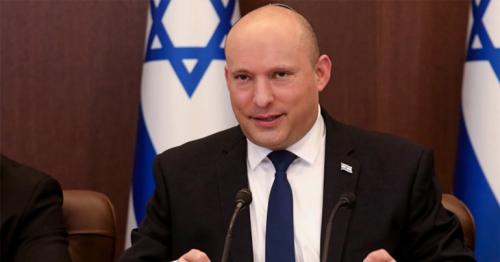Minister - Oman keeps crude supply policy post Saudi oil attacks
Tokyo — Oman has not changed its oil production and supply policy in the wake of recent attacks at oil facilities in Saudi Arabia, but it is concerned about escalating tensions in the Middle East, which may deter Asian crude buyers away from the region, the country's oil and gas minister Mohammed al-Rumhi told S&P Global Platts Wednesday.
"We need to find a way of steady supply of energy in respective of geopolitical challenges that we are facing," Rumhi said in an interview on the sidelines of the hydrogen energy ministerial meeting in Tokyo. "It is a concern for any disruption [and] whether Asian refinery will shy away I hope not."
Oman, the largest Middle Eastern oil producer outside OPEC, is currently pumping around 900,000 b/d of crude, a level it has agreed under the OPEC/non-OPEC production cut accord, he said.
"Unfortunately our capacity is very limited so we are producing as per agreement with the OPEC plus," Rumhi said.
The production accord, which OPEC signed with Russia and nine other non-OPEC countries in December, commits the 24-country coalition to 1.2 million b/d in supply cuts through March 2020.
Oman is also exporting around 800,000-850,000 b/d of crude, depending on refining demand from abroad, the minister said.
"100% of our export goes to Asia," Rumhi said. "China is one of our biggest users of Omani crude," he said adding that some 60-80% of Omani crude exports go to China.
Oman's export blend is a medium sour grade, which has an API gravity of 31.3 degrees with a sulfur content of 1.41%.
HIGH ALERT
Saudi energy minister Prince Abdulaziz bin Salman said September 17 that more than half of the 5.7 million b/d output lost after attacks on two oil facilities on September 14 are back online.
He also said exports in September would be unaffected because oil stockpiles are being used.
However, ship operators in the Middle East have been on high alert and insurance rates have soared since tanker attacks in the Gulf of Oman in May and June.
The US has blamed Iran for the attacks, although Iran denies responsibility. Tensions escalated after the US pulled out of the Iran nuclear deal and reimposed sanctions on the country. About 30% of the world's seaborne oil transits the Strait of Hormuz.
"We monitor because the Strait of Hormuz is shared with Oman and Iran, and we work very closely with Iran," Rumhi said.
"Oman is responsible for ensuring safe passage. Our Navy is busy there together with many friends... So far things are ok. There has been no problem," he added.
RAS MARKAZ
Oman, which has started construction at the Ras Markaz terminal, is not looking to store oil abroad, including in Japan, Rumhi said.
"We do not have the volume to store and the storage can be done in Oman because we are outside the Strait of Hormuz so we do not see really a justification for storing outside," Rumhi said.
Oman now expects to see its first receiving facility and storage facility ready by 2021, which will also lead to start up the 230,000 b/d Duqm refinery because the terminal will be used for receiving crude from Kuwait, Rumhi said.
"So the refinery cannot work unless Ras Markaz is ready," said Rumhi, adding that part of the Ras Markaz terminal will be used for the Duqm refinery and other storage facilities will be available for interested national oil companies and international oil companies.
The Ras Markaz terminal will start with about 20-30 million barrels of crude storage capacity, with an aim to boost the storage capacity up to 250 million barrels of crude and products in about a decade if there is demand, Rumhi added.
tag: internationalnews , business , omannews , tokyo , crudeoil , omanday , omanoil
Share This Post






